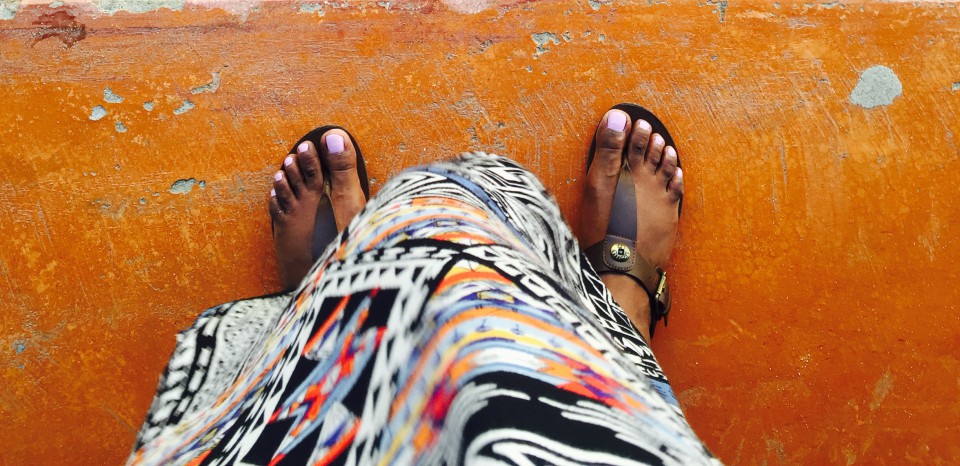Bogotá: The Writings on the Wall, a set on Flickr.
I had the opportunity to visit some dear friends in Bogotá this past summer. The trip left a lasting impression on me and I could not immediately write about it. As most new visitors to the country, I was thoroughly intimidated by Bogotá’s hostile streets and notoriety for violent attacks. What I encountered was something far more welcoming.
The city’s warmth is buried deep inside beneath layers that shield from the mostly chilly, rainy weather and street crimes. At the core, my time in Bogotá was filled with joyful family gatherings around food and music. What struck me the most was how the city has embraced its art for the masses. Visual art is displayed on every inch of available space. From large murals, to poles, signs, you name it, it’s been tagged, bombed or painted.
The talking walls of Bogota run the gambit from playful banter to militant warnings. In the process telling rich stories of Colombia’s dark side and hopes for the future. World renowned graffiti artists call Bogotá home and have made it clear by displaying their masterpieces on the city’s walls. From Rodez, a 50 year old who creates stunning surreal visuals with his two children to Stinkfish who is known for his incorporation of cartoon fish in his work. Thought-provoking female graffiti artist Bastardilla creates larger than life murals that touch on subjects such as femininity and sexuality. Along with these solo artists, there numerous crews such as the APC (Animal Poder Crew) create prolific stencil work highlighting social injustices.
























